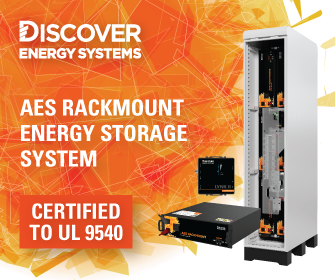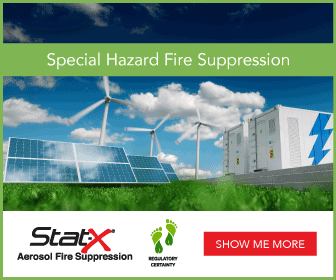Global Companies Set to Supply South Australia's Next 'Big Battery'
The Australian energy utility announced Wärtsilä and Fluence had been secured under non-exclusive framework agreements to supply up to 1000MW of grid-scale battery storage in Australia.
AGL unveiled plans in November to roll-out 850MW of energy storage capacity across the National Energy Market (NEM) by mid-2024.
The plan includes large battery storage systems adjacent to its power plants in South Australia, Victoria and NSW with the 250MW Torrens Island system in South Australia set to be the largest.
Other systems are planned at Loy Yang A power station in Victoria (200MW), Liddell power station (150MW) and Broken Hill (50MW) in NSW.
Wärtsilä is a Finnish company with almost 20,000 employees worldwide and an Australian subsidiary based in Sydney.
Fluence is headquartered in the US and is owned by industry powerhouses Siemens and AES.
AGL Chief Operating Officer Markus Brokhof said Wärtsilä and Fluence were chosen through a competitive tender process for their capability, experience and pricing.
He said both companies were global leaders in energy storage technologies, ensuring the company was investing in the highest standards for performance, reliability and safety.
"This framework agreement is another example of AGL getting on with the business of energy transition and will enable delivery against our commitment to build 850MW of grid-scale battery storage by FY2024," Brokhof said.
"We are already well advanced with our planning process and these framework agreements will reduce tender timeframes for individual projects, enabling faster project schedules and commercial operation.
"Our grid-scale battery plans provide critical firming capacity to the market and will play a leading role in the energy industry's transition over the coming decades."
South Australia already leads the nation in the uptake of wind energy and rooftop solar with renewable sources accounting for more than 50 per cent of the electricity generated in the state.
One third of South Australian homes have rooftop solar, which, when added to the state's 22 major wind farms and three large scale solar PV producers, often supply more than 100 per cent of the state's daytime demand.
The Lead | http://theleadsouthaustralia.com.au











